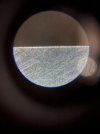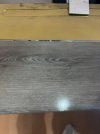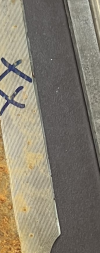Alright so here's my official stance on the bend vs break debate. If you are in a bad spot, is it better for a big knife or chopper or sword to bend or break?
I'd like to preface this with the fact that differentially tempered blades made from standard high carbon steels like 52100, when flexed in a vice, can be extended to the point that they take a bend, and then be bent back and still function and have good structural integrity. I've done it many times while testing my DHT on 52100. However, bending a knife of that quality to the point that it plastically deforms and then bending it back literally requires a vice. I'm not even sure how you would manage to do that in normal use.
With that said, In other testing videos I've seen with swords and machetes that are HT to lower hardness so they won't snap, they can in fact bend during routine or very hard but sensible use. If you have that happen, you now have a non functional blade and you are already starting with a crappier blade because its so dang soft.
Below are some Fell Beasts that I snapped in a vice. Mind you, I sacrificed 5 of these during testing to make sure Z Tuff and the HT was good. I was never able to break one from chopping or even hammering the spine into a steel I beam with a steel hammer. All 5 of them died by being snapped in the vice by a 225lbs ape.
But heres the end result. IF you manage to break one, it breaks every time into two clean pieces. You now have two knives made from 61RC, ultra high quality steel that are still usable.
The middle blade is still a 10in chopper and the broken tip can easily have a handle crafted from a piece of wood and attached with some cordage. So if you do break one, you now have a 10in fully functional chopper and a smaller knife you can use for fine work with an improvised handle.
So thats my answer to a hypothetical that probably none of us will ever face.








